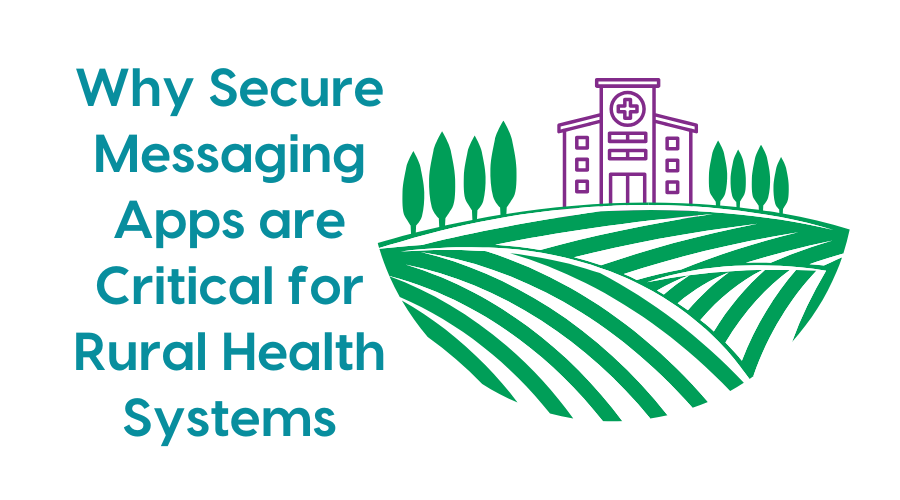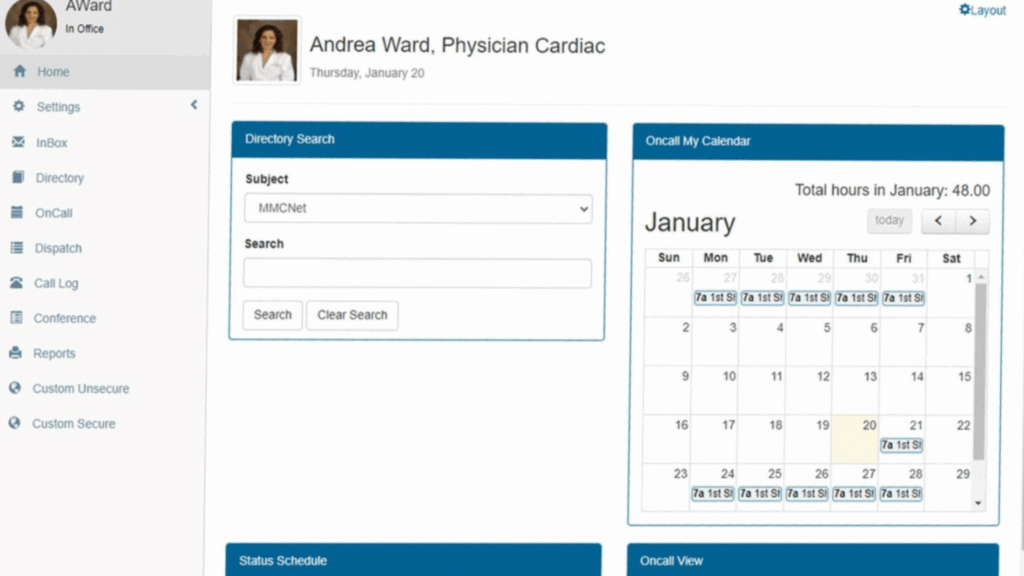Providing fast and reliable communication is essential in delivering patient-focused care and preventing adverse events within hospitals and healthcare settings. A recent study, Dissecting Communication Barriers in Healthcare: A Path to Enhancing Communication Resiliency, Reliability, and Patient Safety, highlights the link between communication breakdowns and poor clinical outcomes in hospitals. It analyzes risk management literature and emphasizes communication errors as a major factor (around 70 percent) in adverse events – highlighting the complexities of communication breakdowns within healthcare settings.
Communication breakdowns in healthcare settings can stem from a variety of factors, broadly falling into systemic issues and interpersonal challenges:
Systemic Issues
- Fragmented care: Patients often see multiple specialists and transition between different care settings. Disconnected healthcare information systems and outdated communication methods like pagers can make it challenging to ensure everyone has a complete and up-to-date picture of the patient’s condition and treatment plan.
- Time constraints: Understaffed and busy healthcare environments can lead to rushed handoffs and limited opportunities for thorough communication. [RELATED: Tech and the Nursing Shortage – An Interview with Nancy Beale]
- Lack of standardized communication protocols: The absence of clear and consistent guidelines for how staff should communicate critical information can lead to misunderstandings and misinterpretations.
Interpersonal Challenges
- Poor communication skills: Some healthcare professionals may struggle to clearly articulate complex medical information or actively listen to patients’ concerns.
- Lack of cultural competency: Language barriers or cultural differences can lead to misunderstandings during communication. [RELATED: Healthcare Call Centers Help Bring Care to the Medically Underserved]
- Hierarchy and power dynamics: Traditional hierarchies in healthcare settings can sometimes make it difficult for staff to voice concerns about medical decisions made by their superiors.
These factors can all contribute to a situation in which important information is lost or misinterpreted, leading to delays in diagnosis, medication errors, and other preventable mistakes.
Better Tech = Better Communication
Misunderstandings and unclear information can lead to medication errors, wrong dosages, or even improper procedures. Clear communication between doctors, nurses, pharmacists, and other staff ensures everyone is on the same page about a patient’s care plan, reducing these potentially fatal mistakes.
Staff must have reliable and robust communication tools to share observations and concerns about a patient’s condition promptly. If nurses notice a critical change in vitals, they can use secure messaging to communicate effectively with the care team, leading to faster diagnosis and intervention.
Secure messaging apps such as Amtelco Secure Messages enables fast, HIPAA-compliant communication between medical professionals and hospital staff. They can send photo, video, and audio files that can aid in understanding a patient’s condition.
Hospitals function best when staff from different disciplines work together seamlessly. Improved teamwork through mobile-friendly apps foster collaboration among doctors, nurses, specialists, and therapists, ensuring a well-coordinated approach to patient care.
Studies have shown that a staggering percentage of adverse events in hospitals are linked to communication breakdowns. Healthcare organizations can significantly improve patient safety by incorporating easy-to-use apps in their communication protocols.





